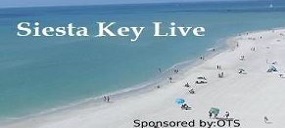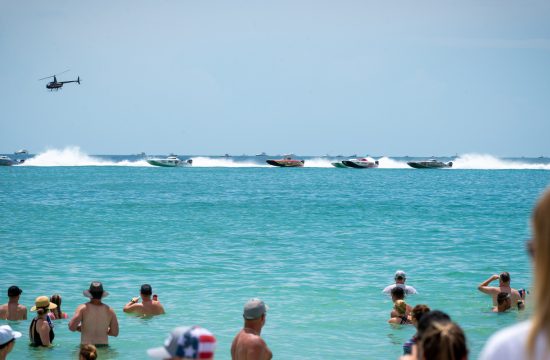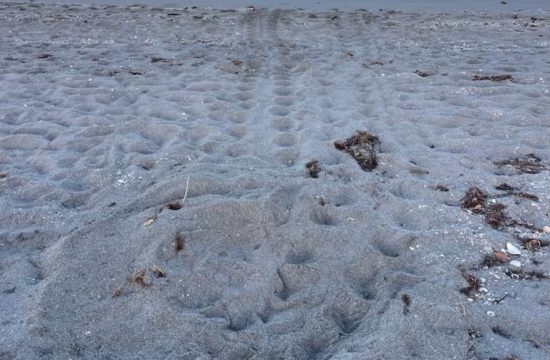Mote Marine Laboratory & Aquarium’s Sea Turtle Conservation & Research Program (STCRP) has continued to document a dense sea turtle nesting season, while also placing two tracking tags on green sea turtles.
STCRP monitors 35 miles of nesting beaches from Longboat Key to Venice under state permits* each year, during and just before nesting season—May 1 to Oct. 31.
Senior Biologist & Conservation Manager Melissa Macksey stated STCRP has documented more than 2,713 loggerhead sea turtle nests, more than 40 green sea turtle nests and one Kemp’s ridley sea turtle nest so far this year.
According to Macksey, this year’s numbers will be at least the 7th highest documented throughout the program’s 41-year history.
“We’re excited to see that nesting numbers are staying high like we’ve seen in the last decade. It’s great news for our local population of loggerheads,” said Macksey. “We hope to see the great nesting numbers for the rest of the season and lots of successful hatches from these nests.”
Nesting season isn’t just about the hatchlings—the tiny turtles that will emerge from nests in the sand. It’s about the nesting turtles, too.
Green sea turtles have been nesting along southwest Florida beaches in increasing numbers in recent years. This pattern presents an opportunity to tag nesting females with satellite transmitters to better understand the lives of green sea turtles in the Gulf of Mexico.
Mote satellite tagged two nesting green turtles Sweet Pea and Amelia, a day apart from each other. Both turtles are being tracked for a second time
Sweet Pea was the first nesting green sea turtle that Mote satellite tagged back in 2007. She was tracked to her foraging (feeding) grounds in the Marquesas Keys, Florida, where her tag stopped transmitting.
Mote scientists encountered her this year, returning for her sixth nesting season in Sarasota County, and applied another satellite tag.
Amelia was first observed nesting and received flipper tags on Casey Key in the early morning hours of June 21, 2019. Amelia was tracked to her foraging grounds in the Marquesas Keys, where she likely rubbed off her tag.
Mote staff spotted Amelia nesting again on Casey Key this month and attached another satellite tag to her. She is being tracked again, thanks to divers that recovered and returned one of Mote’s satellite tags.
Senior Biologist Kristen Mazzarella explained that turtle tracking helps biologists understand a sea turtle’s activity patterns at this time of year.
“We tag turtles so that we can understand nesting on the individual level and better understand nesting behavior of loggerheads and green turtles,” said Mazzarella. “The data we gather from nesting turtles helps us to determine important information like how many nests an individual turtle lays in a season, which, combined with the number of nests we count on our beaches, will help us determine how many females make up the nesting population in our area.”
Both turtles are being tracked for the second time to see if they return to the same foraging grounds.
Mote encourages coastal residents and visitors to keep the beach turtle-friendly with tips on our website at mote.org/2022nesting. Weekly new nest numbers are also posted here, which allows media and members of the public to follow along throughout the season. Numbers are updated weekly by end of day Monday.
To follow the turtles tagged by Mote, visit mote.org/seaturtletracking.













